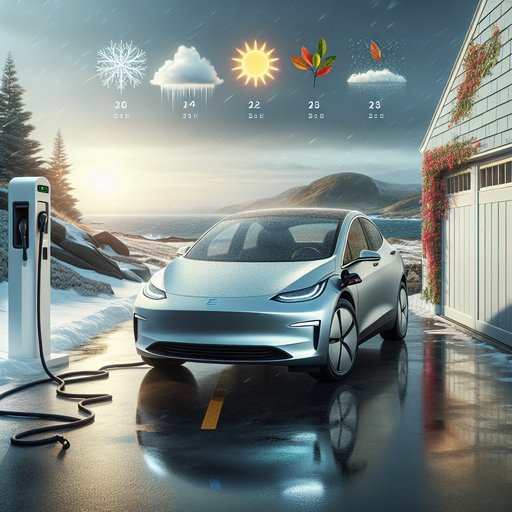
We ran a 2022 Tesla Model 3 Long Range AWD for 18 months and 26,400 miles across four seasons in the Northeast. Here’s what shook out in long-term reliability and what it actually cost to run, beyond the brochure claims.
Our car is a dual‑motor Long Range on 18-inch wheels, EPA-rated at 358 miles. Over the full test, we averaged 260 Wh/mi (3.8 mi/kWh), ranging from 220–235 Wh/mi in temperate weather to 300–320 Wh/mi in subfreezing commutes. Driving split was about 70% highway, 30% city, with five DC fast-charging road trips. Charging at home accounted for roughly 78% of energy consumed.
We used about 5,400 kWh at home (metered, $0.15/kWh = $810) and 1,500 kWh on DC fast chargers ($0.36/kWh average = $540), totaling $1,350 in energy. That pencils to 5.1 cents/mile—less than half the fuel cost of a 30‑mpg gas sedan at $3.80/gal. Reliability was mostly solid on core systems. We had one front upper control arm develop a low‑speed squeak at 18,200 miles; Tesla mobile service replaced the arm under warranty in under an hour, no charge.
In extreme cold (below 10°F), cabin heat output dipped and defrost lagged; a subsequent software update improved performance, though initial warm‑up still trails the best heat‑pump EVs. We also had a mild wind whistle from the driver’s window at 65–75 mph; service adjusted the glass and seal under warranty. No drivetrain faults, battery warnings, or charging failures occurred. Wear and maintenance shaped costs.
The factory 235/45R18 tires were done at 24,700 miles despite 6,000‑mile rotations, with inner‑shoulder wear consistent with the Model 3’s rear camber. A four‑wheel alignment at 15,000 miles helped, but didn’t change the replacement timing. A new set of all‑season tires cost $980 installed. Annual winter brake service (clean/lube caliper pins) was $145—worth it in road‑salt states to prevent sticking pins.
Cabin filters at 20,000 miles ($70) and wiper blades ($40) were the only other maintenance. We added paint film to the lower rocker area after notable grit rash ($180), a regional wear item on sanded roads. Insurance ran $1,520 per year for a clean record, so $2,280 over the test. Adding up direct running costs—energy ($1,350), tires ($980), routine service and minor items ($404), and insurance ($2,280)—our 18‑month outlay was $5,014, or 19 cents/mile.
Excluding insurance, it’s about 10 cents/mile. Depreciation was the elephant: following Tesla’s mid‑cycle price cuts, trade‑in offers implied roughly 23% loss over 18 months on our spec, a steeper curve than we projected. Overall, the Model 3 LR proved mechanically dependable with low routine maintenance and predictable winter efficiency penalties. Plan for faster‑than‑expected tire wear, an annual brake service in salty climates, and possible seal/alignment tweaks.
If you buy new, factor conservative resale assumptions; if buying used post‑price‑cuts, the value proposition improves markedly. As a daily, it stays compelling on energy cost and drivability; long‑term costs hinge more on tires and depreciation than on repairs.












